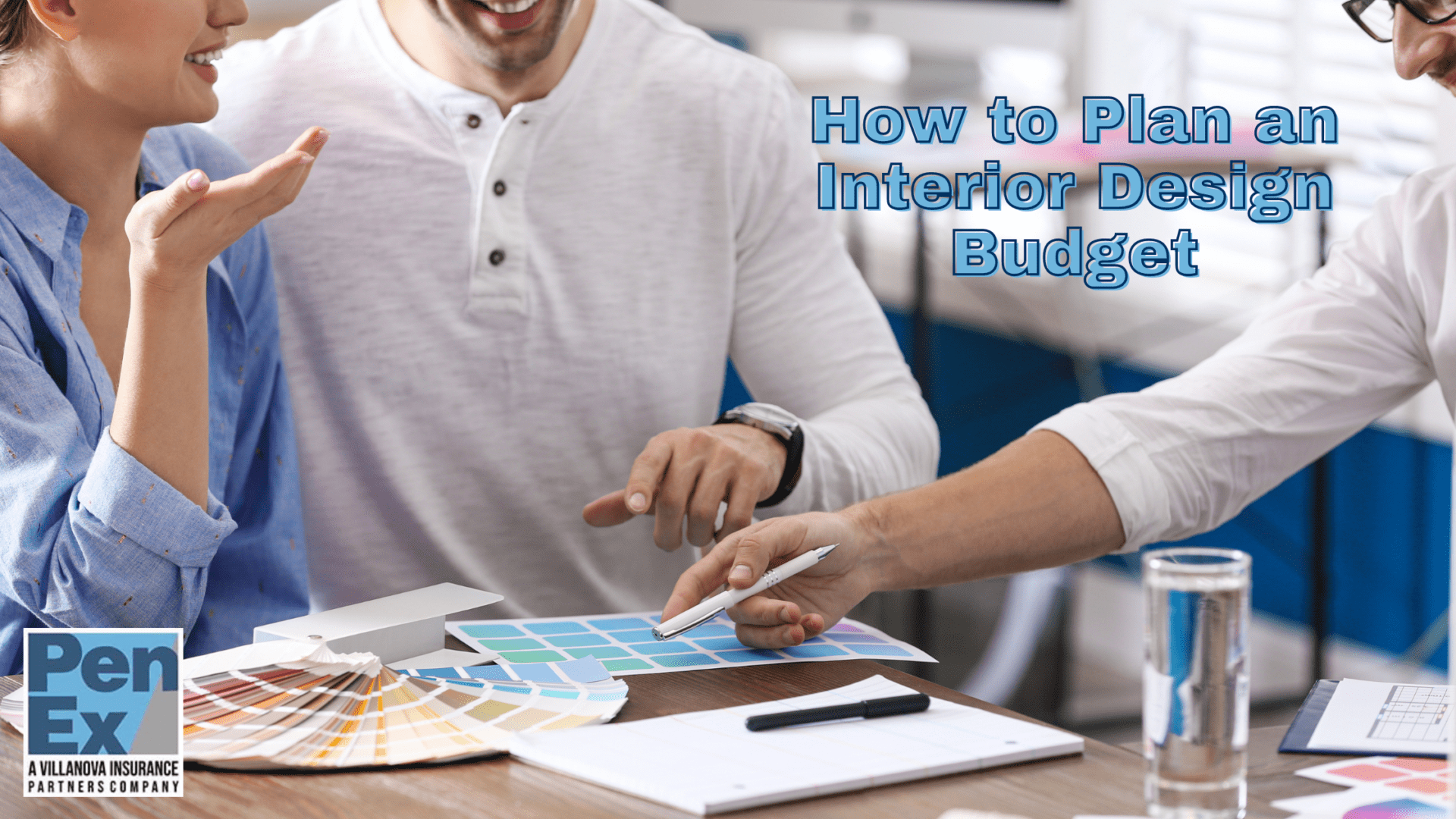Many twists and turns can occur when conducting a home interior design project for your client. Whether it’s restoring a kitchen, bathroom, bedroom or living room, the amount of planning that goes into each design depends on the type of project. It’s essential to kick off any design with an organized and thorough interior design budget plan and establish how to hire help. Although this part of the process might seem overwhelming, it’s a crucial step to ensure your project is smooth, successful, and will leave your client happy.
How To Discuss And Establish The Budget With Clients?
The best way to begin an interior design budget is to gather all information needed from your client. It’s important to have this conversation in-person and early on, particularly during your first consultation. This meeting establishes a deeper understanding of their vision, scope of work and target investment. One way to do this is by asking clients to compile a design wish list to further determine the budget amount they allocated and price ranges of materials they want added to the space. Transparency is key to ensure you’re both on the same page regarding what’s desired and what’s realistic within their budget. This helps to avoid running out of funds and delaying the timeline. You can give your client an idea of how their design can be executed by sharing a sample budget from previous similar projects. This technique demonstrates how you can realistically make their dream space come to life.
How To Create An Interior Design Budget?
With the necessary information collected, you can start putting together a well thought out and realistic budget for your client’s interior design needs. This information can be organized by using planning tools, like Excel spreadsheets, to list estimated costs of products, appliances, finishes, and labor. In addition, it’s always best to include backup funds to the list in case the project leads to unexpected work. Let your clients know that the likelihood of this happening is common so they can plan to add an extra 10% to 20% to their overall budget.
What Should Be Included In The Interior Design Budget?
Inform your clients that interior design projects not only include construction costs but other fees as well, such as:
- Demolition
- Site development costs
- Design, engineering, architecture and other consultants’ fees
- Furniture, fixtures and equipment
- Contractor’s profit
- Administrative costs
- Moving and storage costs
- Shipping, freight and installation costs
- Sales tax
- Construction contingency
As a guide, it’s suggested to allot 7-10% of the home’s overall value for interior design expenses. In addition, you can add 15-20% for accessories, 8.5% for sales tax and 12-15% for freight and delivery costs. Be clear and precise with your client to prevent confusion or unexpected hits to the budget.
How Do Interior Designers Work With Contractors?
Having a skilled and reliable contractor on your team is a huge benefit when keeping your project on track. Interior designers and contractors should work together harmoniously and plan how they will carry out and commit to their responsibilities. While the interior designer is responsible for creating the space and sourcing the materials and products, contractors estimate the project cost, conduct construction, manage the budget and timeline, and perform quality control. The interior designer should also supervise, unless you are legally qualified beyond that. Make sure responsibilities for which items are clearly outlined in a written agreement that is signed by both parties before work begins.
Can An Interior Designer Hire Subcontractors?
Although contractors typically have their own subcontractors, interior designers can research and hire their own help as well. Developing partnerships with subcontractors can grow your interior design business, as they help with larger, more complex projects and can offer mutual business referrals. Hired subcontractors include general contractors, painters, seamstresses, carpenters, lighting designers, and architects. You should also have a written contract with your chosen subcontractor, outlining the tasks, timelines, and responsibilities, as well as non-compete, indemnity, and defense clauses.
Do The Subcontractors Need To Be Insured Under The Designer?
Another way to protect your business while working with subcontractors is through liability insurance for interior designers. Each subcontractor should be covered by their own insurance or added to your interior design insurance policy. It’s critical that you obtain documentary evidence that the subcontractor has listed your company as an additional insured on their errors and omissions, general liability and workers’ compensation insurance policies. Without that proof, you cannot guarantee that you have coverage later on under the subcontractor’s policy instead of your own.
A well thought out interior design budget plan and hired help are important starting points for a home interior design project. Establishing this outline will keep transparency between you and your client and can help protect your business from any unexpected circumstances that can develop.


